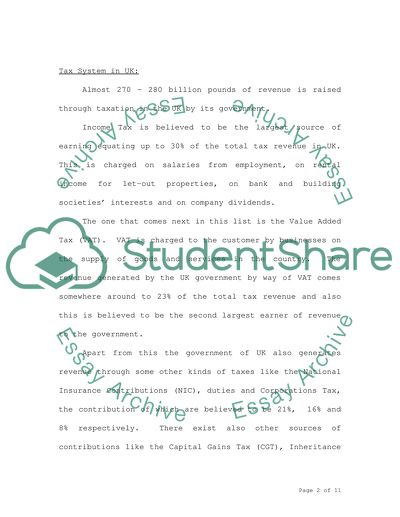Cite this document
(Changes in the Taxation Systems Essay Example | Topics and Well Written Essays - 1500 words, n.d.)
Changes in the Taxation Systems Essay Example | Topics and Well Written Essays - 1500 words. Retrieved from https://studentshare.org/finance-accounting/1511899-uk-taxation-system
Changes in the Taxation Systems Essay Example | Topics and Well Written Essays - 1500 words. Retrieved from https://studentshare.org/finance-accounting/1511899-uk-taxation-system
(Changes in the Taxation Systems Essay Example | Topics and Well Written Essays - 1500 Words)
Changes in the Taxation Systems Essay Example | Topics and Well Written Essays - 1500 Words. https://studentshare.org/finance-accounting/1511899-uk-taxation-system.
Changes in the Taxation Systems Essay Example | Topics and Well Written Essays - 1500 Words. https://studentshare.org/finance-accounting/1511899-uk-taxation-system.
“Changes in the Taxation Systems Essay Example | Topics and Well Written Essays - 1500 Words”, n.d. https://studentshare.org/finance-accounting/1511899-uk-taxation-system.


